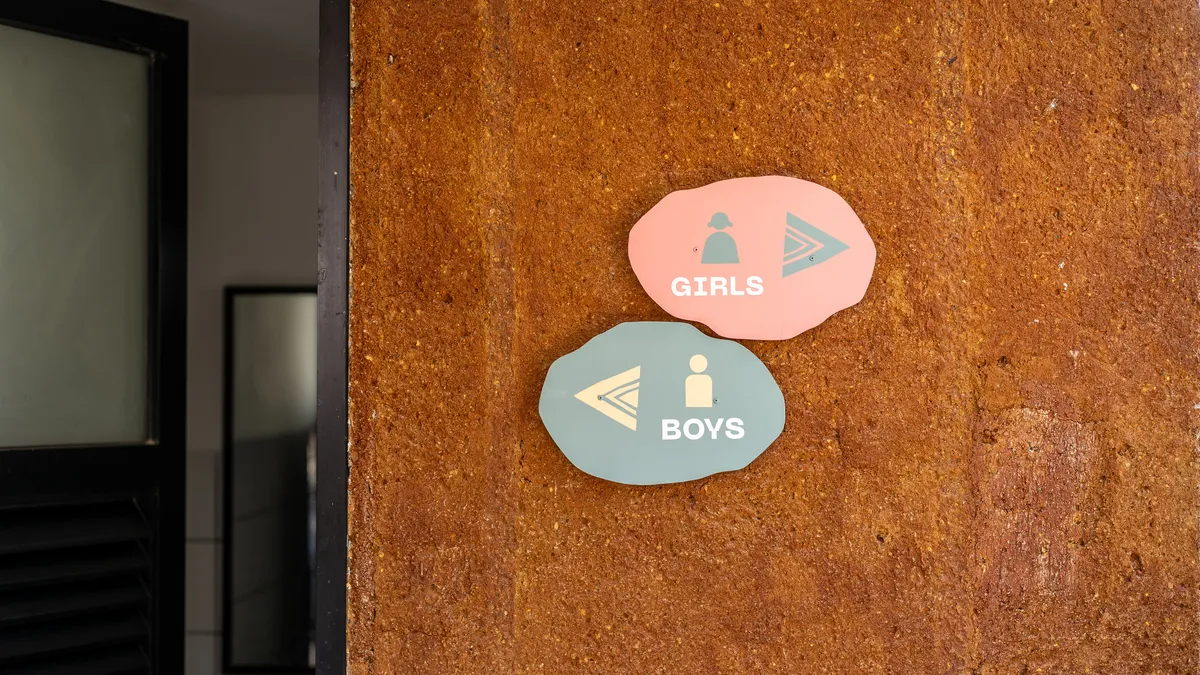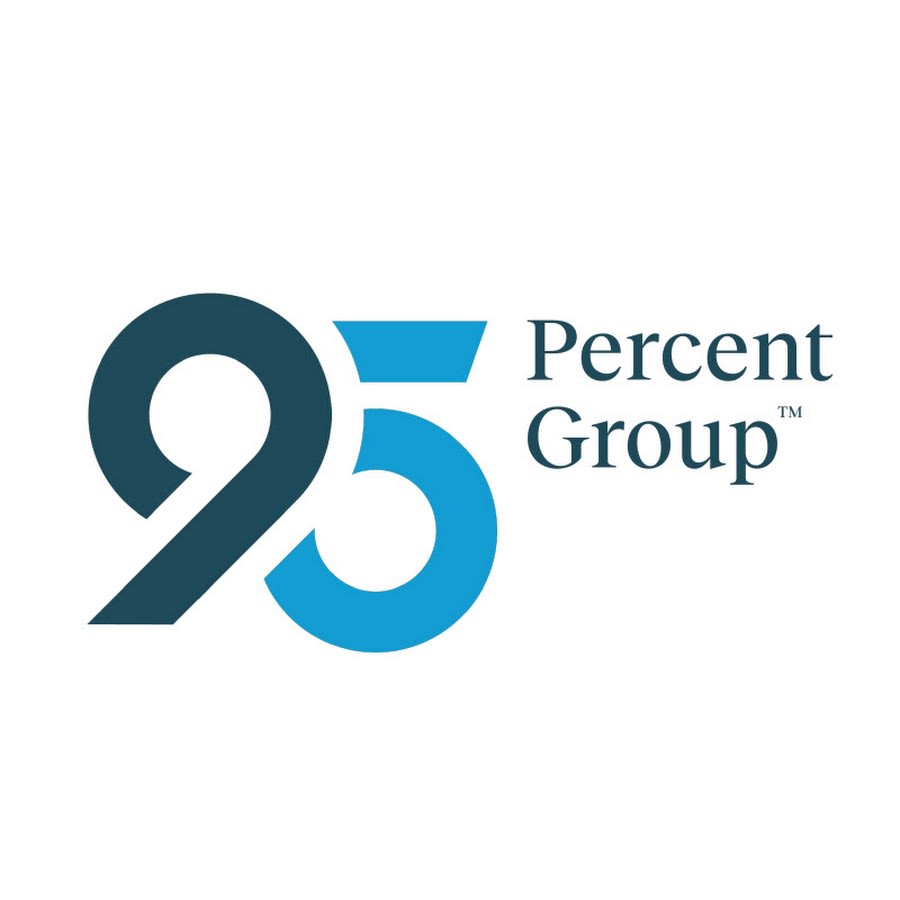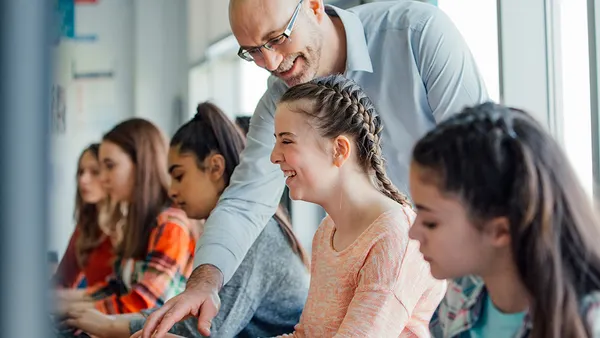Dive Brief:
- Democrats in New York have introduced a $5 million package of initiatives to better prepare students of color for elite high school entrance exams.
- At specialized high schools, 4.1% of admitted students were black and 6.3% were Hispanic, and these numbers are steadily declining.
- According to the New York Times, the total number of black and Hispanic students admitted to specialized schools was 530 this year, 65 less students than last year.
Dive Insight:
Segregation in American schools isn't just limited to elite or specialized schools. The problem remains entrenched throughout educational ecosystems. "Stronger Together," a new initiative proposed by the Obama administration, earmarks $120 million of competitive grant programs for schools to make strides in combatting socioeconomic segregation.
In New York, gentrification led researchers from The New School to publish a study that found most New York City schools aren’t as diverse as the neighborhoods around them. The research decisively stated that gentrification doesn’t equate to more integrated schools.
Meanwhile, in Minnesota, a recent analysis by the Minneapolis Star Tribune found that 19 district elementary schools are now comprised of an 80% minority student population, while two are almost entirely white. Civil rights attorney Daniel Shulman has publicly stated that little has changed since 1995, when Shulman won a suit that said that the state was in violation of its constitution for "allowing groups of students to inhabit separate and inherently unequal schools." He's since filed a new class action suit against Minneapolis St. Paul Public school systems on behalf of their majority-students-of-color population, naming the state, its governor, and its education commissioner as defendants.
Recent reporting from This American Life and ProPublica have deeply examined integration as a solution for equity.












